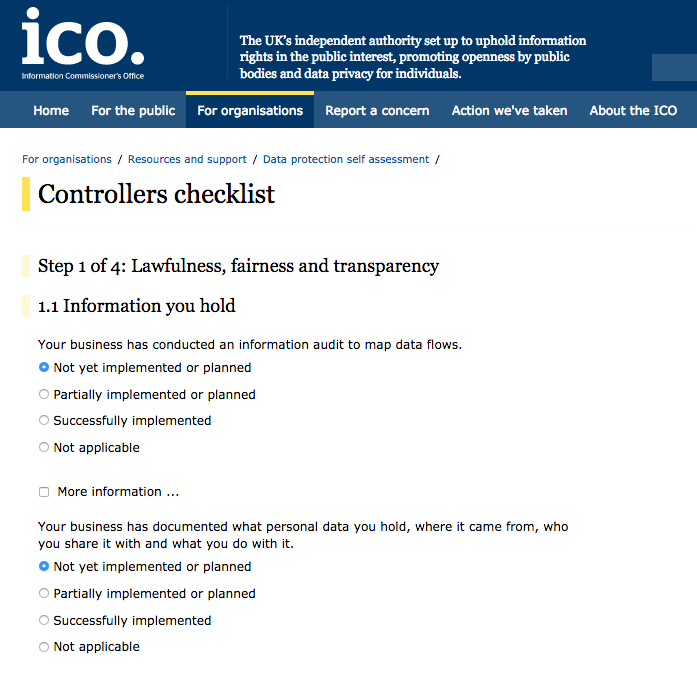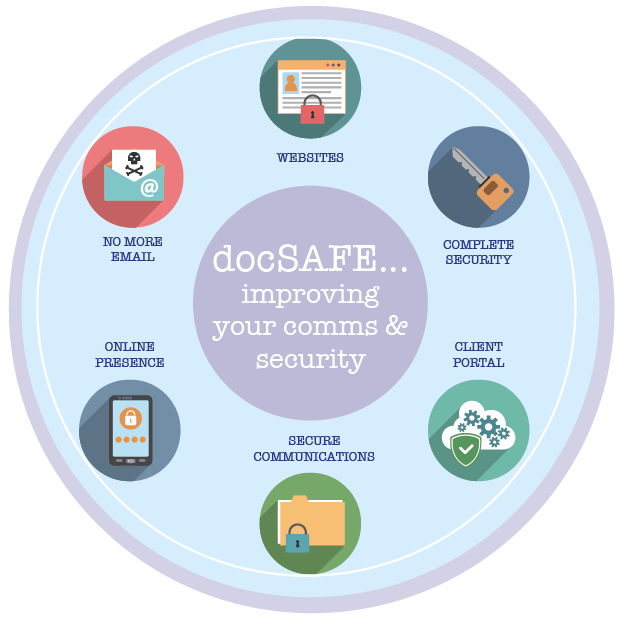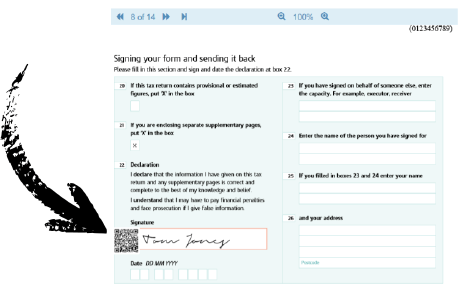 To alleviate some of the worry or concern that the media (and social media in particular) is stirring up around the subject of GDPR, we have found a great resource that outines everything you need to know in an easy to digest format. It is produced by the ICO (Information Commissioner’s Office) and gives you a link to the different applications for GDPR. So, if you are a GDPR controller, marketer, processor or even the person who looks after the CCTV records, there is a link and checklist to help you work towards compliancy.
To alleviate some of the worry or concern that the media (and social media in particular) is stirring up around the subject of GDPR, we have found a great resource that outines everything you need to know in an easy to digest format. It is produced by the ICO (Information Commissioner’s Office) and gives you a link to the different applications for GDPR. So, if you are a GDPR controller, marketer, processor or even the person who looks after the CCTV records, there is a link and checklist to help you work towards compliancy.
CLICK HERE FOR ICO GDPR CHECKLISTS
There is a lot to know but the key points are that you must have processes and policies in place that serve your organisation’s contacts. You must keep data safe and under control. You need to specify whose responsibility this is. All of this must be accountable and auditable in the case of an investigation. We can help with this through the secure docSAFE framework – we ensure that there is never any reason for information to leave the portal. You invite clients to access, view, collaborate and work within the same platform, with documents never needing to leave – even when they are being signed electronically. What’s more, we provide a full audit trail for accountability and security.
This isn’t new to us – we created docSAFE long before GDPR was a twinkle in the government’s eye so we have been working in this way for many years – along with hundreds of our professional clients.
 Our portfolio of services is all based around security and communications starting with our client portfolio, docSAFE. This allows professionals to manage all of their communications from a central place – like a virtual filing cabinet. We have implemented several layers of security which means that your information is safe – and more importantly for your business, your clients’ data is safe.
Our portfolio of services is all based around security and communications starting with our client portfolio, docSAFE. This allows professionals to manage all of their communications from a central place – like a virtual filing cabinet. We have implemented several layers of security which means that your information is safe – and more importantly for your business, your clients’ data is safe. What a long way we’ve come in the past few years. From websites that invested heavily in words and told the visitor EVERYTHING to a more sophisticated, image-led approach that tempts the user into finding out more. This is a broad overview of how websites have changed but of course there is so much more and, importantly, much more to come…
What a long way we’ve come in the past few years. From websites that invested heavily in words and told the visitor EVERYTHING to a more sophisticated, image-led approach that tempts the user into finding out more. This is a broad overview of how websites have changed but of course there is so much more and, importantly, much more to come… No of course not. Online security extends to your website, emails, social media and so much more. At Online Practice, when we are developing software and systems such as docSAFE (our established client portal), security is our number one priority, surpassing functionality and appearance every time. Why create something that is amazing if it’s not secure?
No of course not. Online security extends to your website, emails, social media and so much more. At Online Practice, when we are developing software and systems such as docSAFE (our established client portal), security is our number one priority, surpassing functionality and appearance every time. Why create something that is amazing if it’s not secure?